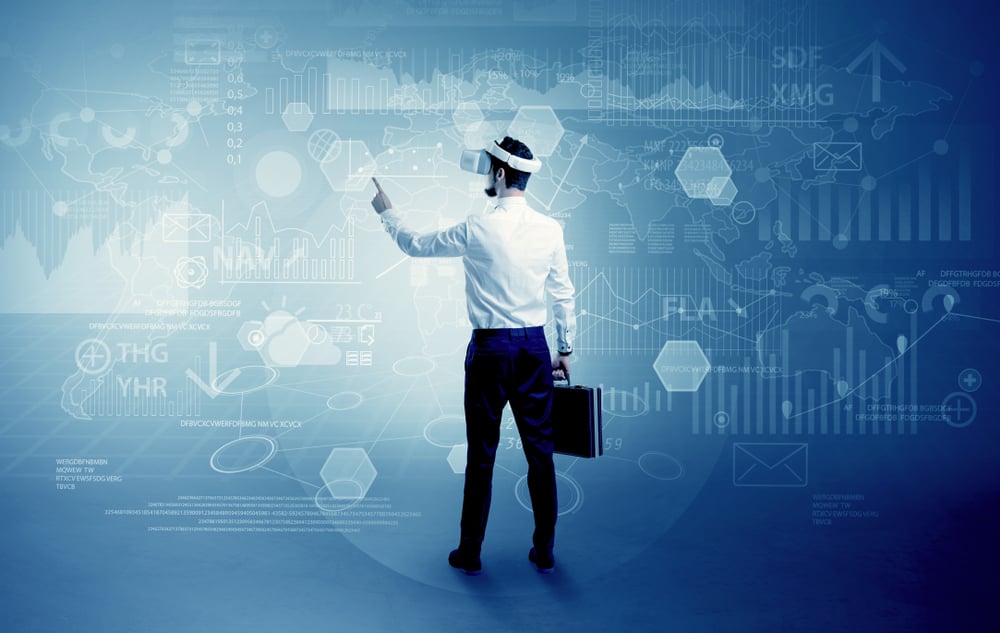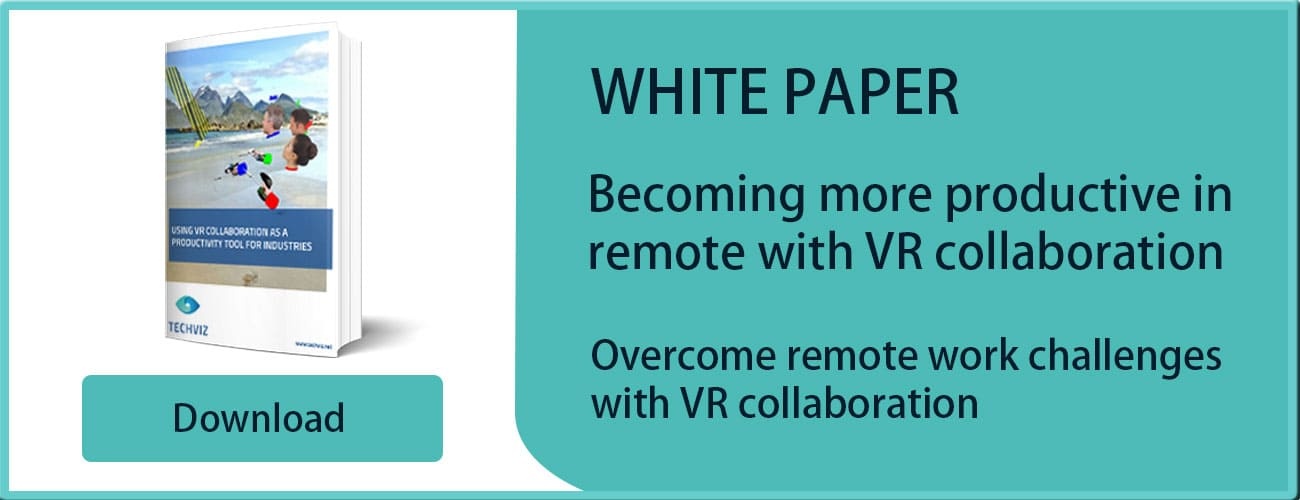
Digital trust is becoming an increasingly important concept for most organizations. What does this concept cover? It is usually defined as the level of confidence in people, processes, and technology to build a secure digital world. Indeed, as companies embark on the digital transformation journey, they need to ensure that the tools being put in place are trustworthy.
This is obviously true for all bricks of their digital ecosystem, since it is as strong as its weakest link. AR/VR applications are concerned, being one of these bricks. After speaking with our clients about the problems they’re encountering around this matter, our team has compiled 3 questions Project Managers should ask themselves when setting up such applications:
- Is the XR application consistent with the level of data security I need?
- Is data integrity warranted for my organization to make decisions on this VR application?
- Can this application improve the overall level of digital trust of my organization?
In fact, there isn’t a right or wrong answer to each of these questions, it all depends on the intended use of XR within the company and its specific constraints. But here are some answers that may interest you.
Is the XR application consistent with the data security I need?
When thinking about digital trust, data security usually comes to mind first. And when using VR or AR , the greatest risk would come from using VR collaboration. In this time of pandemic, it has indeed become an essential tool at a time international travel was almost impossible. And if your using vr collaboration outside of your company, with teams located abroad, it can cause great risks for your data. But solutions to ensure data security inside or outside your company’s network do exist. There are many types of VR collaboration applications with various levels of risk regarding data security. The simplest ones are merely virtual meeting rooms with participants represented as avatars. We will not focus on these as they have both limited risk and limited added value.
For design and engineering, VR collaboration starts becoming a real asset when teams from different locations can discuss around the design of a product, improve it and validate it. Unfortunately, this is when it also starts to raise all sorts of red flags in terms of data security. 3D data is one of the most valuable assets of a company and having it circulate on networks isn’t without risks.
There are different solutions to cope with this risk: the first one is to use a virtual reality engineering software that only shares coordinates and actions of the users, such as TechViz Multi-system Collaboration: its principles is quite similar to that of video games, with the model opened at each end of the collaboration. This ensures bulletproof data security, with no valuable information circulating at all. This is the perfect solution if you want to collaborate with another site of your company, and talk about the progresses of a product development for instance.
On the other hand, it is quite heavy to set-up as all sides need to have the 3D model and to be equipped with the VR application. For organizations that need a lighter, more open configuration while being weary of data security, there are still other options like using Cloud&Viz. This solution makes it possible to stream 3D content to distant users who only need a standard AR or VR headset to participate. With these, potentially confidential content does circulate on a network indeed, but only as images - and not CAD information - which mitigates the risk. Additionally, this content can be encrypted and encapsulated in a VPN tunnel for maximum security. It all depends on your needs.
Is data integrity warranted for my organization to make decisions on this VR application?

One of the pitfalls of enterprise VR is that it is sometimes considered as a gimmick: it is nice and trendy, but not something you can actually make decisions on. When serious commitment is needed, some organizations often go back to 2D.
There are various explanations to this situation. Some are purely psychological, with VR still often associated to gaming. Others are linked to the real or perceived risk regarding data integrity: is what I am seeing really representative of what I will eventually get?
There are actually 2 sorts of VR applications: those working with data conversion and those working without. Each has its advantages and drawbacks, but as far as data integrity is concerned, there is no debate: Virtual Reality engineering software working without data conversion, have a clear advantage.
Indeed, some applications require the model to be imported into a specific platform. The reason is either to tweak the data (conversion, simplification, etc…) for the application to be able to handle it or to make the model more sellable by adding beautiful lighting, textures and so on. Obviously, each process of conversion bears a risk of data integrity issue and, rightfully, also creates reluctance to use the output for decision making.
On the other hand, other applications work without having to make any conversion: it is the case of simple viewers offered by some CAD applications, or offered by more advanced solutions such as TechViz. They simply and instantly display in VR the 3D data from the application. On top of enabling real time display, this ensures that what is being displayed is faithful to the actual end result. No less, no more. If you want to build ironclad trust in data that will encourage all stakeholders to move confidently and have informed decision making, this is what you need.
What if a implementing a Virtual Reality engineering software could actually help my organization with digital trust?
As the Deloitte Consultancy put it in a recent study, the digital world is continuously turning out to be more Volatile, Uncertain, Complex and Ambiguous - in short, VUCA. To combat VUCA, digital trust is key and XR can actually help.

Indeed, adding one dimension in the display makes it easier to comprehend complex phenomena. There are many use cases of VR used to display complex data, because it is in general much easier to show the issue you want to address rather than to describe and explain it. This can cover the action of a drug molecule on certain cells for instance but also data linked to digital transformation itself: networks, data flow, etc…
In that sense, a Virtual Reality engineering software can help make digital less complex or ambiguous and by then improve the level of digital trust.
Want to know more about professional VR? Check-out our other articles about the evolution of virtual and augmented reality, and how it could benefit your business:
- 3 Benefits of a VR Software for Industrial Design
- How Virtual Reality helps Field operators perform better
- Top 5 Best VR Headsets for Engineers in 2021






 Back to Blog
Back to Blog




